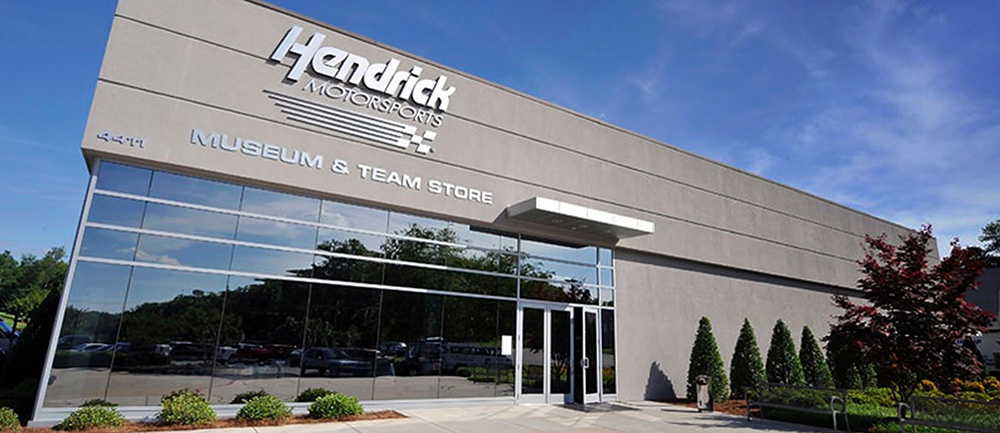CONCORD, N.C. – Professional athletes have talked about it for generations – that feeling or headspace, when instinct takes over and the outside world melts away, leaving a singular focus on the task at hand.
Call it, “the zone,” if you will.
None of the Hendrick Motorsports pit crew members that spoke with HendrickMotorsports.com used that phrase verbatim. But several described something similar when talking about things like pressure, process and procedure.
“I like thinking about water, peace tranquility – I feel like that’s what made pitting so easy for me,” said Mike Moss, rear-tire changer on the No. 5 team. “It gets so quiet, so peaceful. My movements are so fluid.
“Obviously, you have to be very aware of your surroundings but once you’re in front of the hub you get so dialed in that everything kind of goes away. All you see is the hub and that’s the cool part about it. It’s happening so fast but at the same time it’s slow motion. That’s where the thrill comes from for me.”
RELATED: Find all Hendrick Motorsports Pit Crew Week content here!
It’s hard to imagine anything coming in slow motion for a member of a race team, especially in a NASCAR Cup Series Gen 7 era in which pit crews are routinely performing four-tire stops in under nine seconds.
But Moss isn’t the only one that told tale of time slowing. Ryan Patton, tire carrier for the No. 24 team, recalled an instance in which that sensation saved his team from a possible disaster. One that nearly occurred in the five-lug-nut era at Talladega.
“My tire changer knocked the five lug nuts off the right rear and he pulled the tire and you have to think, those lug nuts, they come off and where do they go?” Patton said. “A lug nut came off of the car, spun, hit the ground and bounced back up on the hub and got stuck between two studs. So, I see this is as I’m putting the tire on and I’m putting the right rear tire on in seven-tenths of a second and still, I see this yellow thing fly up onto the hub of the car. I finished my hang but I could feel that the lug nut was smashed between the hub and the wheel.
RELATED: Take our North Wilkesboro trivia quiz, win not one but two autographs!
“There’s no possible way it was going to be tight and before my changer could come back to the first lug nut, I pulled the tire off and reached in there and flicked that lug nut out of the way and put the right-rear tire back on. I remember (then-crew chief) Chad (Knaus) being like, ‘What happened on the right rear?” He was upset. He thought we had a slow pit stop. I ended up having to show him a picture of it and he’s like, ‘How the hell did you see that?'”

RELATED: NASCAR All-Star Race weekend TV schedule
As Patton’s story illustrates, crewmen must be ready for the unknown and must be prepared to respond in the blink of an eye, all in addition to locking in on their routine, individual responsibilities. Difficult as it may be to imagine, TJ Semke, jackman on the No. 9 team, said hearing is paramount, even in one of the loudest places imaginable - pit road.
Additionally, having a sixth sense, one that successful athletes in other sports display, is paramount as well.
“Honestly, it kind of sounds silly, but you’re trying to use all of your senses,” TJ Semke, * on the No. 9 team said. “As I’m putting the right-front tire on, I can’t see what’s going on behind me, but I can hear it. I can hear when the gun stops. I can hear the tire slam on. I can hear the gun, and you can kind of feel that energy behind you too. You learn to trust your senses.
“You’re trying to listen but really, you feel what is going on around you and a lot of that comes with experience. A lot of the younger guys rely solely on their eyes to see what’s happening. But it’s kind of like being a quarterback in the pocket; you’ve got to feel what’s going on around you, sense where to move your body just like they have to sense when to throw or when to run without visually seeing four or five guys coming at them. You want to feel it more than anything.”
































